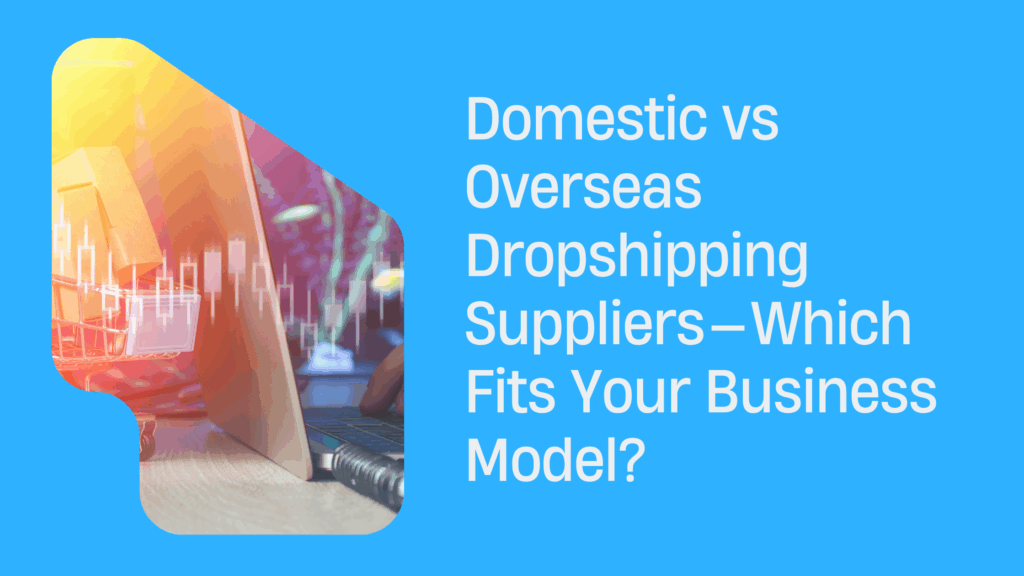7 Most Reasons Why Your Business Needs PIM Solution
Last week, a client called me in panic. Their Black Friday campaign was ready to launch, but product images were missing from half their catalog. Sales quoted prices from September. The website showed conflicting specifications. Sound chaotic? That’s daily reality for most businesses managing product data manually.
Product Information Management (PIM) software solves this mess. I’ve implemented PIM systems for companies ranging from 50-SKU startups to enterprises managing 100,000+ products. The transformation is always dramatic.
Why does your business need PIM systems? Let me share seven reasons based on real client experiences.
Reason 1: Centralized Product Data Management
Scattered product information across Excel files, email attachments, and departmental systems creates operational nightmares. Marketing campaigns launch with outdated specifications. Sales teams quote last quarter’s prices. Ecommerce platforms display weights that contradict warehouse records.
PIM acts as your product information headquarters — a centralized hub where all data remains consistently accurate. Instead of detective work to find specifications, teams access one unified system serving as the definitive source.
Your Single Source of Truth Awaits
Centralization eliminates version control nightmares. No more wondering whether marketing brochure weights match website data. With PIM, everyone works from identical information, creating efficiency instead of confusion. When product managers update specifications, changes instantly reflect across all channels — like a functional magic wand.
Reason 2: Enhanced Data Quality and Consistency
Inconsistent product data bleeds money daily. Every typo, missing attribute, or outdated specification represents lost sales, confused customers, or compliance issues.
Without data governance, product information becomes broken telephone. Marketing creates campaigns with incorrect specifications. Sales quotes outdated prices. Customer service provides conflicting information. Result: frustrated customers, lost sales, damaged credibility.
Because “Close Enough” Costs Money
PIM software helps to keep data correct. It use rules to check data. It also use required fields and tools to make everything standard. This change mess into order. Imagine a careful librarian. She make sure every item is in the right place. She make it easy to find.
Automatic quality checks find mistakes before items get published. Workflow approvals also check for errors. Validation gates check the format. They also make sure all information is there. Teams can see typos quickly. They can see missing data fast. They focus on what is most important.
Reason 3: Streamlined Multi-Channel Distribution
Customers shop everywhere — websites, marketplaces, social media, physical stores. Each touchpoint demands tailored product information. Managing these requirements manually resembles conducting an orchestra blindfolded.
Complexity multiplies with each channel. Amazon requires specific bullet points and optimized titles. Ecommerce platforms need technical specifications and rich media. Print catalogues demand high-resolution images with precise dimensions. Social media needs engaging, shareable formats.
One System Controls All Channels
Robust PIM transforms you into a multi-channel expert. Sophisticated mapping and transformation capabilities customize product information for each channel’s requirements without manual reformatting. Systems automatically format and distribute data according to specifications, converting hours of tedious work into button clicks.
Streamlined distribution saves time and creates revenue opportunities. Expanding to new marketplaces becomes configuration rather than months of preparation, letting you seize opportunities faster than manually-dependent competitors.
Reason 4: Accelerated Time-to-Market
Timing separates market leaders from followers. While competitors prepare product launches, you could capture market share and mindshare. Success depends on speed — getting accurate, compelling product information to market quickly.
Traditional launches resemble relay races with dropped batons. Marketing waits for specifications from product development. Sales waits for pricing from finance. Ecommerce waits for content from marketing. Each handoff introduces delays, errors, frustration.
Speed Dominates Modern Markets
PIM technology allows teams to work at the same time. Many teams do product preparation together. They finalize specifications while the marketing team makes content. Pricing approvals happen while the technical documentation team works.
Companies that use PIM reduce time-to-market by thirty to fifty percent. In fast-moving industries, this speed helps companies lead the market. Product launches happen during peak demand times instead of missing them. This creates a big impact on revenue.
Reason 5: Improved Customer Experience and Satisfaction
Customer experience defines competitive battlegrounds. With single-click brand switching, product information quality and consistency directly impact satisfaction, loyalty, and lifetime value.
Inconsistent or incomplete information creates friction everywhere. Specifications differing between website and mobile app erode confidence. Product images not matching reality increase returns and damage reviews. Missing attributes send potential buyers to competitors providing complete information.
Happy Customers Generate Profits
PIM ensures customers receive consistent, complete, compelling product information regardless of interaction method. Whether researching websites, comparing marketplace options, or asking store questions, information remains aligned and trustworthy.
Consistency builds trust translating to business results. Complete information enables faster purchase decisions. Fewer delivery surprises create higher satisfaction scores and lower return rates. Result: increased conversion rates, higher order values, stronger customer experiences generating profitable relationships.
Reason 6: Operational Efficiency and Cost Reduction
Every minute teams spend searching product information, correcting inconsistencies, or manually updating systems steals from strategic, revenue-generating activities. Inefficient product information management creates compounding costs that severely drag profitability.
Typical workflows without PIM: product managers maintain scattered spreadsheets, marketing recreates channel content from scratch, sales representatives search multiple systems for information, customer service provides inconsistent answers from data confusion. Pure operational inefficiency.
Work Smarter, Not Harder
PIM eliminates operational bottlenecks through intelligent automation, seamless integration, optimized workflows. Tasks previously requiring manual hours — updating information across channels or generating channel-specific content — happen automatically with clicks.
Cost savings exceed labor efficiency. Fewer errors mean reduced returns and service issues. Faster time-to-market generates earlier revenue recognition. Improved data quality creates better marketing ROI and higher conversions. Comprehensive calculation shows PIM investment typically pays for itself within the first year through cumulative efficiency gains.
Reason 7: Better Analytics and Business Intelligence
Data is valuable oil — but only when refined into actionable insights driving strategic decisions. Scattered product information across systems creates data silos preventing comprehensive analysis, leaving businesses making critical decisions from incomplete or outdated information.
Without centralized product data, you’re flying blind. Which product attributes drive highest conversion rates? How do pricing changes impact demand across customer segments? What emerging preference trends are competitors capitalizing on? These questions remain unanswered when data lives in isolation.
Data-Driven Decisions Create Competitive Advantage
Modern PIM systems serve as powerful analytics platforms transforming raw product data into business intelligence. Centralizing product information enables sophisticated analysis of product performance, customer preferences, market trends, and operational efficiency metrics previously impossible to obtain.
Real-time visibility into product attributes driving highest conversion rates across channels becomes achievable. Companies leveraging PIM analytics make more informed decisions about product development, pricing strategies, marketing investments, and channel expansion. When strategic decisions rely on comprehensive, accurate data, cumulative competitive advantage becomes substantial and sustainable.
It’s Time to Get a PIM Solution
The question isn’t whether your business benefits from PIM — it’s how long you can afford operating without one. Every delay represents missed opportunities, operational inefficiencies, and competitive disadvantages compounding like negative interest.
The PIM market has evolved dramatically, offering solutions for every business size and industry. From cloud-based PIM-as-a-service options for growing companies to enterprise-grade systems handling millions of SKUs, solutions fit specific needs and budgets.
Don’t let perfection prevent progress. Start with clear assessment of current challenges and future growth goals. Understanding what product information management can accomplish for your specific situation begins transformation toward competitive advantage.
So, Why Your Business Needs PIM Software
Modern marketplaces reward businesses delivering consistent, accurate, compelling product experiences across all customer touchpoints. Whether managing fashion catalogues with seasonal variations, technical products requiring detailed specifications, or consumer goods sold across multiple channels, PIM technology provides essential foundation for scalable, profitable growth.
These seven reasons work synergistically, creating competitive advantage extending beyond simple asset management and data organization. Your customers expect perfect product information. Your team deserves efficient, intuitive tools. Your business demands profitable, sustainable growth.
PIM solutions deliver on all three fronts simultaneously, transforming operational burdens into strategic advantages. Companies thriving in today’s competitive landscape aren’t necessarily those with the best products — they’re those with superior product information management capabilities enabling exceptional customer experiences and operational excellence.



